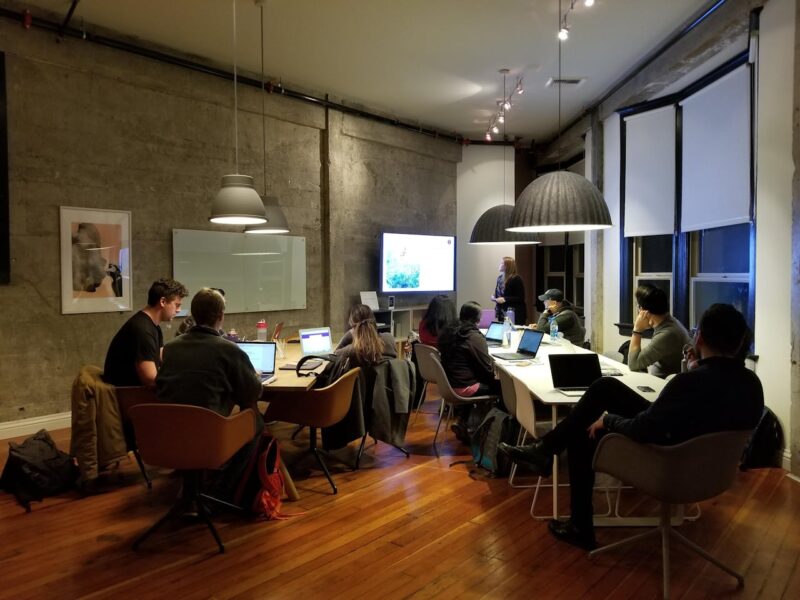Leveraging Microinteraction Patterns to Strengthen Flow States in Offshore Software Development
Understanding the Role of Microinteractions in Offshore Software Development
What Are Microinteractions and Why Do They Matter?
Microinteractions are the small, often subtle design elements that guide users through a digital experience. These include features like button animations, hover effects, loading spinners, and confirmation messages. While they may appear minor at first glance, microinteractions play a crucial role in shaping how users perceive and interact with software.
In the context of offshore software development, microinteractions serve as a bridge between the designer’s intent and the user’s experience. With distributed teams working across different time zones and cultural backgrounds, aligning on user expectations can be challenging. Microinteractions help standardize and enhance the software’s usability, making it easier for users to understand and navigate the interface.
Offshore teams that pay close attention to these detailed interactions can deliver more intuitive and polished products. This attention to detail not only improves user satisfaction but also elevates the perceived quality of the final deliverable—regardless of where the development team is located.
How Microinteractions Influence Developer Flow States
A flow state is a mental condition where a developer is fully immersed in their task, experiencing deep focus and productivity. Reaching this state consistently can lead to faster development cycles, fewer bugs, and higher-quality code.
Thoughtfully designed microinteractions can support this flow by reducing cognitive friction. For instance, clear feedback from build processes, intuitive UI responses during testing, or even subtle animations that confirm successful actions can keep developers engaged and focused.
Offshore software development teams—especially those in countries like Vietnam, Poland, and Ukraine—are increasingly adopting UX-driven development approaches that include microinteraction design. By integrating these patterns into their workflows, these teams not only enhance the end-user experience but also create a more satisfying and productive environment for developers.
Applying Microinteraction Patterns in Distributed Development Teams
How Offshore Teams Can Integrate Microinteraction Thinking
Integrating microinteraction patterns into the development lifecycle requires close collaboration among designers, developers, and QA engineers. This is particularly important in offshore software development, where communication challenges can lead to misaligned expectations and inconsistent user experiences.
Teams in countries like Vietnam, India, and several Eastern European nations are increasingly relying on design systems and component libraries that include standardized microinteraction guidelines. These resources help ensure consistency across various projects, even when handled by distributed teams.
Regular design reviews, cross-functional workshops, and early-stage prototyping are effective strategies for aligning on microinteraction details. By embedding these practices into agile workflows, offshore teams can deliver software that feels cohesive, responsive, and user-friendly—regardless of the geographic distribution of the team.
Tools and Techniques to Support Microinteraction Implementation
A variety of tools and techniques are available to support the implementation of microinteractions in offshore environments. Prototyping platforms like Figma and Adobe XD allow design and development teams to visualize and test microinteractions before any code is written. These tools are particularly valuable for asynchronous collaboration across time zones.
On the development side, front-end frameworks such as React, Vue.js, and Angular offer built-in capabilities for animations and transitions. These features make it easier for offshore developers to implement microinteractions efficiently and consistently.
Code reviews and automated UI testing are also essential for maintaining the quality and consistency of microinteractions throughout the software development lifecycle. Offshore teams that adopt these tools and practices are better positioned to deliver polished, user-centric applications that meet the expectations of global markets.
What’s Next? Enhancing Team Performance Through Design Awareness
Building a Culture That Values Micro-Level Design
Cultivating a culture that values microinteractions starts at the leadership level and extends through every layer of the development team. Offshore teams that prioritize user experience and detailed design thinking tend to produce more successful, well-received products.
Initiatives such as UX training sessions, design sprints, and shared documentation can help developers understand the importance of microinteractions. These practices also encourage cross-functional collaboration, making it easier for teams to align on design goals.
Countries like Vietnam, the Philippines, and Romania are seeing a rise in UX-focused education and training programs. This shift is equipping offshore software development teams with the skills and mindset needed to approach projects with a user-first perspective, ultimately leading to higher-quality outcomes.
Measuring the Impact of Microinteractions on Offshore Projects
To fully understand the value of microinteractions, teams need to measure their impact on both user experience and internal development processes. Key metrics include user engagement rates, task completion times, usability scores, and developer satisfaction.
Offshore software development teams can use analytics tools to track how users interact with microelements within the application. This data provides valuable insights into what’s working and what needs improvement.
Establishing feedback loops—both from users and within the development team—is crucial for refining microinteractions over time. By continuously measuring and iterating, offshore teams can enhance both the user experience and the efficiency of their development processes, leading to more successful and sustainable project outcomes.




